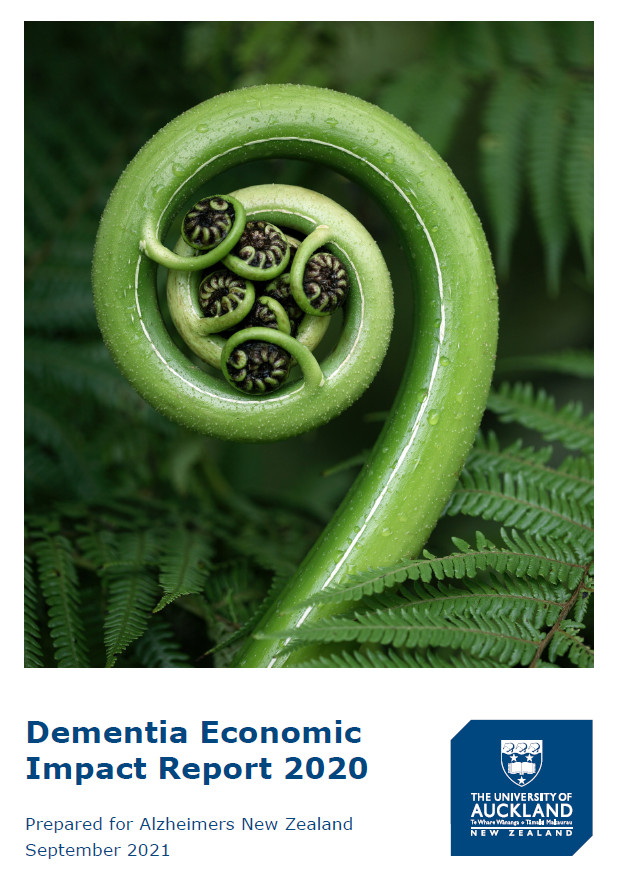Key facts
We released infographics in September 2025 highlighting the size and scale of the dementia mate wareware challenge in Aotearoa New Zealand.
Dementia mate wareware in Aotearoa New Zealand: How common is it?
Around 83,000 Kiwis are living with dementia mate wareware in 2025. By 2050, this number could nearly double to almost 170,000
Around 6,700 people under the age of 65 live with dementia mate wareware in 2025, making up 8% of all cases.
Every hour, 3 people develop dementia mate wareware in 2025, rising to 4 people per hour by 2050.
Up to 50% of people with dementia mate wareware are not diagnosed, with the highest rates among Asian peoples.
Māori, Pacific, and Asian peoples are experiencing faster-growing rates of dementia mate wareware than European New Zealanders. Māori and Pacific peoples are often diagnosed younger and with more health conditions.
One in four New Zealanders will die with dementia mate wareware.
Up to 50% of dementia mate wareware cases could be prevented by addressing 14 modifiable risk factors early.
Dementia mate wareware is more common in deprived areas with Māori and Pacific peoples facing a higher burden of preventable risks.
By 2050, dementia mate wareware will cost Aotearoa New Zealand around $10.65 billion per year (in 2050 dollars) in inflation-adjusted costs.
Dementia mate wareware around the world
Every three seconds, someone in the world develops dementia mate wareware.
In 2020, over 55 million people worldwide were living with dementia mate wareware, with more than 10 million new cases of dementia mate wareware each year.
Global costs of dementia mate wareware now exceed US$ 1.3 trillion a year and are expected to reach US$ 2.8 trillion by 2030.
Only 20-50% of dementia mate wareware cases are recognised and documented in primary care. Around three quarters of people with dementia mate wareware have not been diagnosed, limiting access to treatment, care and support.
Source: Alzheimer’s Disease International
-

Dementia Economic Impact Report
2020
This report, compiled by the University of Auckland, estimates prevalence numbers and shows care partners of people living with dementia mate wareware provide nearly 53 million hours per year of unpaid care, valued at $1.19 billion.
-

Dementia: A significant and growing health challenge
This report provided estimates of the prevalence and costs of dementia mate wareware in Aotearoa New Zealand in 2016, updating earlier estimates published in 2008 and again in 2012. It also provides observations about changes that occur over time – changes since previous reports, the situation today and looking to the future.

